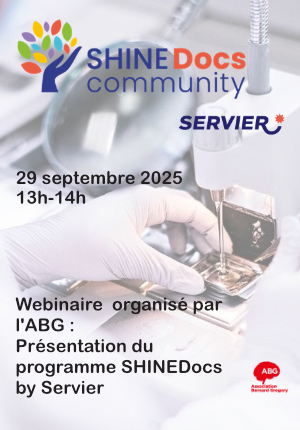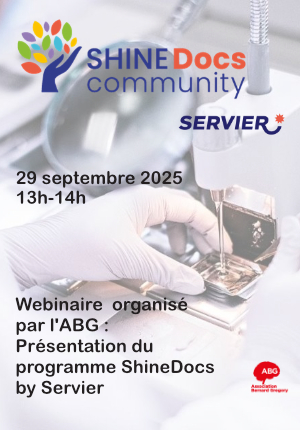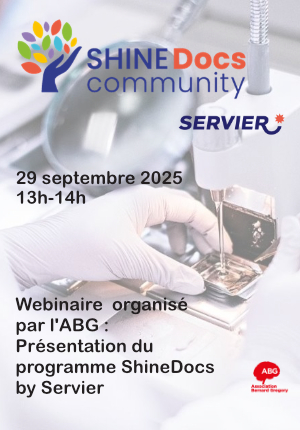The choroid plexus is the effector of omega-3 fatty acids to support the brain during aging
| ABG-133377 | Sujet de Thèse | |
| 10/09/2025 | Autre financement public |
- Psychologie, neurosciences
- Biochimie
Description du sujet
The choroid plexus (ChP) is a secretory tissue located in the brain ventricles. It secretes a clear fluid called cerebrospinal fluid (CSF), which nourishes the brain and supports its functions. Our research has found that the composition of fats in the ChP membrane changes with aging, potentially altering its efficiency in producing essential proteins needed for optimal brain function. Additionally, we discovered that the ChP membrane composition can be modified by a diet rich in omega-3 fatty acids. Therefore, this study will investigate how dietary fats influence the functions of the ChP, with a focus on inflammation and the generation of new neurons in the aging brain. This project aims to provide evidence and a mechanistic explanation of how dietary omega-3 intake can modify brain cell functions and help maintain brain health during aging.
Prise de fonction :
Nature du financement
Précisions sur le financement
Présentation établissement et labo d'accueil
Situé au cœur du Campus de la santé de l’Université de Sherbrooke, le nouveau Pavillon de santé de précision et de recherche translationnelle (PSPRT) a été inauguré à l’automne 2024.
Le PSPRT permet à l’Université de Sherbrooke de se démarquer en recherche par la mise en place d’applications concrètes pour améliorer la santé des personnes et de demeurer un chef de file en santé de précision au Québec. Il regroupe sous son toit des équipes qui travaillent dans différents secteurs, mais toujours en ayant à cœur d'amener les découvertes le plus rapidement possible vers les soins à la population (recherche translationnelle).
Conçu pour faciliter le croisement des disciplines, le pavillon accueille sur ses quatre étages une quarantaine d’équipes multidisciplinaires qui cohabitent dans des espaces communs et partagés pour favoriser l’émergence d’idées nouvelles en santé.
Numérique de la santé (2e étage)
Vieillissement et neuroscience (3e étage)
Infection et inflammation (4e étage)
Le pavillon est conçu de manière à créer un milieu de vie et de travail capacitant où la communauté universitaire se regroupe pour favoriser la collaboration entre les équipes de recherche. Le PSPRT est le bâtiment phare du Campus de la santé, tant par la qualité de sa construction et ses fonctionnalités que par son esthétisme.
Intitulé du doctorat
Pays d'obtention du doctorat
Etablissement délivrant le doctorat
Profil du candidat
- To manage a mouse colony
- To be able to work wirh mice, have experience is an asset,
- To perform mice dissection including brain dissections, including dissecting the choroid plexus (a technique mastered by few labs in the world).
- To perform lipidomics analyses by LC-MS/MS
- Some epigenetics techniques and other biochemistry techniques such as transcriptomics and proteomics
- To work in a multidisciplinary team.
- To write manuscript for publishing in the best journals
- Scientific rigor, ethics, statistics and critical thinking
- To present his/her work at National and International meetings
- To speak and write in English
Requirements :
Have a M.Sc. degree in nutrition, food sciences, biochemistry, pharmacology, or any other field that might be related to the project.
Ready to move in a French environment although everyone in the lab speaks English.
Send your CV, transcript of marks and a short letter of motivation
Vous avez déjà un compte ?
Nouvel utilisateur ?
Vous souhaitez recevoir nos infolettres ?
Découvrez nos adhérents
 ADEME
ADEME  Groupe AFNOR - Association française de normalisation
Groupe AFNOR - Association française de normalisation  Laboratoire National de Métrologie et d'Essais - LNE
Laboratoire National de Métrologie et d'Essais - LNE  Institut Sup'biotech de Paris
Institut Sup'biotech de Paris  ONERA - The French Aerospace Lab
ONERA - The French Aerospace Lab  SUEZ
SUEZ  CESI
CESI  TotalEnergies
TotalEnergies  ANRT
ANRT  Ifremer
Ifremer  Nokia Bell Labs France
Nokia Bell Labs France  ASNR - Autorité de sûreté nucléaire et de radioprotection - Siège
ASNR - Autorité de sûreté nucléaire et de radioprotection - Siège  Tecknowmetrix
Tecknowmetrix  Généthon
Généthon  MabDesign
MabDesign  CASDEN
CASDEN  PhDOOC
PhDOOC  Aérocentre, Pôle d'excellence régional
Aérocentre, Pôle d'excellence régional  MabDesign
MabDesign






